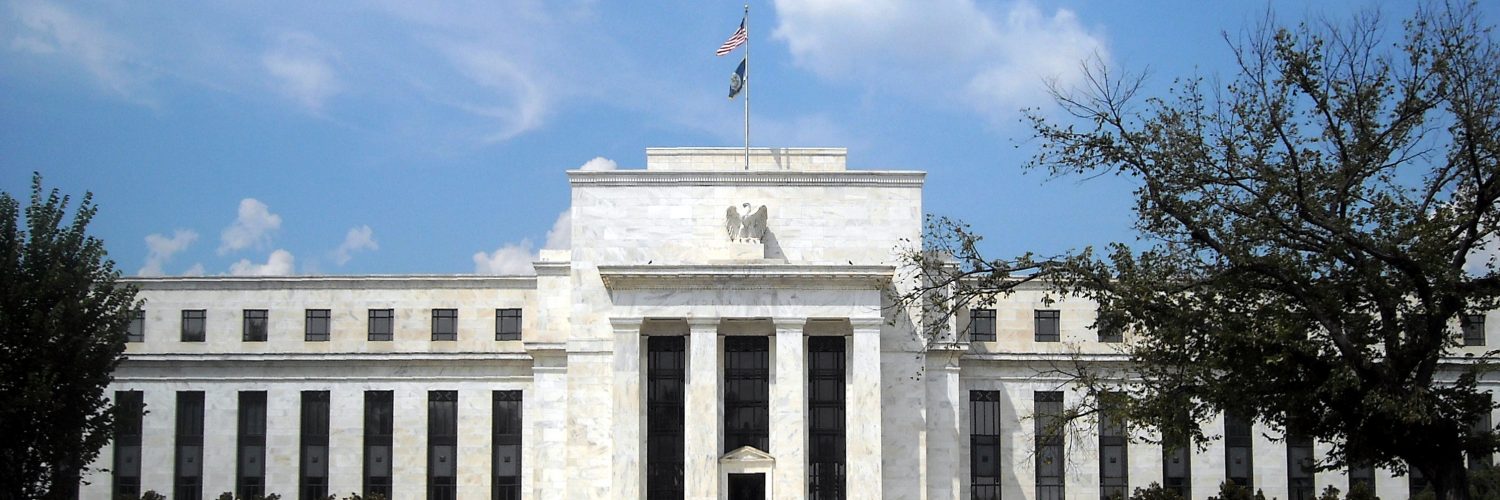“The high-level trends in payment fraud are easy enough for industry professionals to surmise. Card fraud- both credit and debit- is on the rise, particularly in the fast-growing e-commerce channel. Nonetheless, the Federal Reserve’s newly issued fraud study is packed with valuable information. Its data-driven analysis confirms and quantifies some commonly held beliefs, and uncovers a few surprises in the process.”
Glen Sarvady
DELUXE
November 21st, 2018

THE FED’S FRAUD STUDY REVEALS THE EXPECTED AND UNEXPECTED
The high-level trends in payment fraud are easy enough for industry professionals to surmise. Card fraud- both credit and debit- is on the rise, particularly in the fast-growing e-commerce channel. Nonetheless, the Federal Reserve’s newly issued fraud study is packed with valuable information. Its data-driven analysis confirms and quantifies some commonly held beliefs, and uncovers a few surprises in the process.
The report takes pains to note that while the rate of fraud is increasing, it remains exceedingly small. Across all payment types, only 46 cents of every $10,000 in payments volume is fraudulent. That translates to a minuscule .0046% in 2015, up from .0038% in 2012. The Fed incorporates further 2016 data for card transactions only. It shows that while in-person card fraud is declining (presumably thanks to EMV chip adoption), growth in remote card fraud continues unabated.
In terms of sheer dollar value, by 2016, remote card fraud ($4.6 billion) had surpassed in-person card fraud ($2.9 billion) despite representing a much smaller share of purchase volume. While ecommerce-driven remote card payments continue to grow at double-digit rates, fraud on those transactions is growing three times as quickly- and is now twice as common as in-person fraud on a percentage basis. Ponder that complexity during your Cyber Monday shopping frenzy.
CHECK FRAUD: THE UNTOLD SUCCESS STORY
Given this backdrop, readers of the Fed’s report will rightly fixate on cards. Lost amid that headline, though, is another amazing takeaway- by virtually any measure, check fraud is on the decline. Casual readers may greet this finding with a shrug- “Of course it is, since check usage is down.” But the trend extends much further than that.
The share of overall fraud connected to checks fell by more than half between 2012 and 2015, significantly faster than the decline in check volume itself. As previously reported, the decline in check volumes slowed over this same period, while according to the Fed the value conveyed by those checks actually increased. Consequently, a card transaction is now 18 times more likely to be fraudulent than a check payment.
Meanwhile, the average value of checks written continues to increase- a logical result of the declining use of checks at in-person retail locations like grocery and convenience stores. In 2015, only 25 of every 10,000 checks processed was fraudulent- down from 41 in 2012. Although the Fed’s analysis does not address the reasons for such a decline, allow me to offer a few hypotheses: 1) The addition of high-security features has served as an effective deterrent against would-be scammers; 2) Banks’ increasingly robust duplicate detection systems have made a dent in a common schemes- including catching sometimes unintentional repeat entries through mobile deposit; and 3) With fewer checks at the point of sale, risk teams have more time to confirm the authenticity of most checks.
One more factor worth noting: the Fed’s approach measures only “successful” (cleared and settled) fraud. Therefore its numbers do not reflect attempts (via card, check or ACH) thwarted by risk teams before funds can change hands. As we all know, these front-line defenders continue to up their game and are an essential defense against ever-evolving threats. Value-added tools like high-security check features and artificial intelligence-aided detection of fraud patterns are poised to help in this process. My Cyber Monday wish list includes more data on how many such attempts are snared along the way; but I realize that’s a very tall order.
Glen Sarvady will be presenting alongside Claire Greene, one of the authors of the Fed’s Fraud Study, at Deluxe Exchange 2019 in Miami Beach, February 4-6. Hope you’ll join them as they further explore the real-world implications emerging from this and other Federal Reserve research studies.











